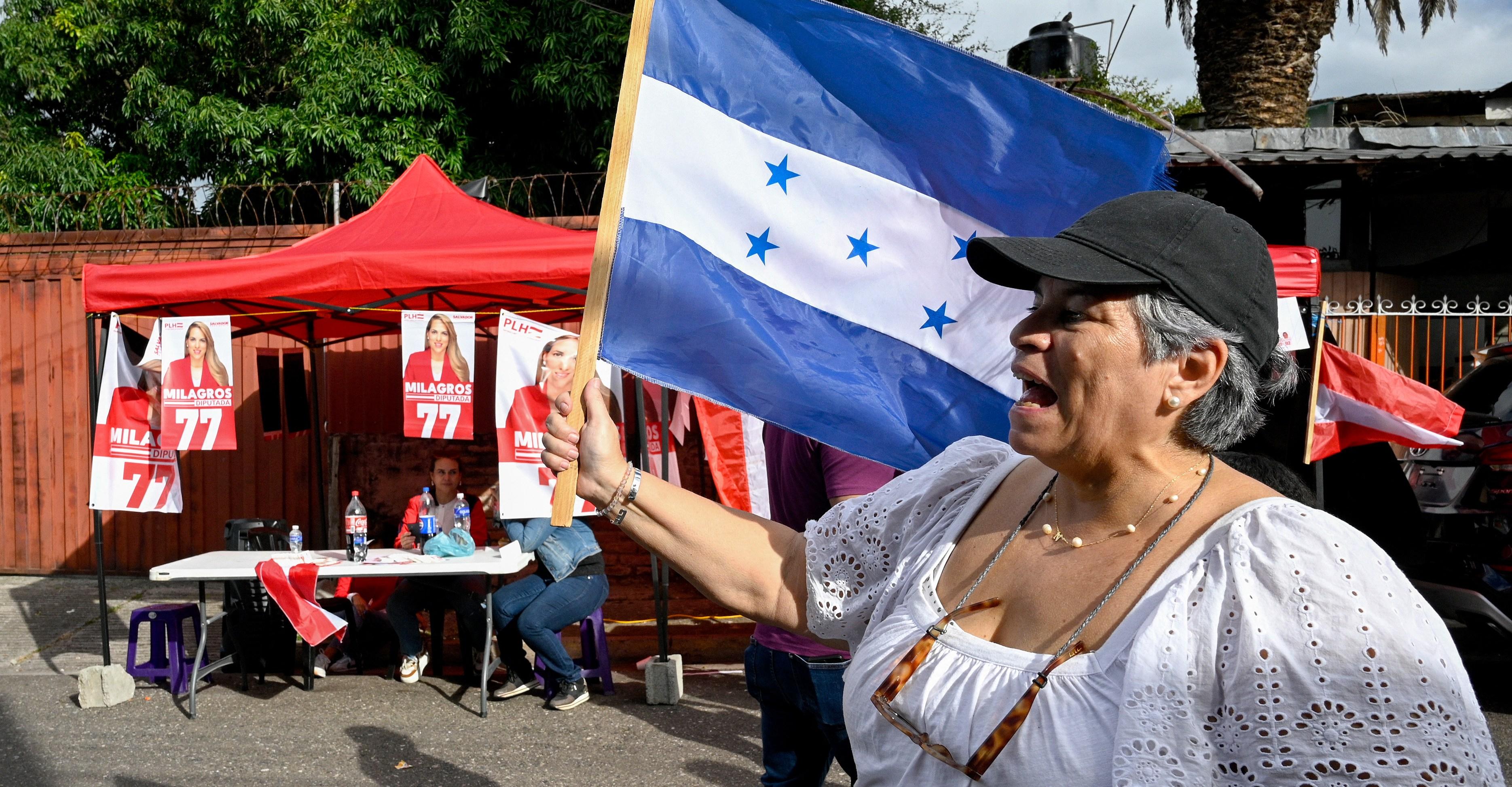The idea that Gen Z men and women inhabit different political realities is going viral. But it’s not clear if it’s true.


When I was growing up in the 1990s, couples counselor John Gray penned a book on gender relations with an instantly memorable title: Men Are From Mars, Women Are From Venus. The book argued that men and women have fundamentally different communication styles, which can be major sources of tension in heterosexual relationships. To call it a hit is a massive understatement: Gray’s book has sold 15 million copies worldwide, and was even adapted into a Broadway show (starring Gray) in the late 1990s.
Yet Men Are From Mars’s broad generalizations — “Men are motivated when they feel needed while women are motivated when they feel cherished” — haven’t held up. Feminist critics who challenged the book’s simplistic narrative at the time have largely been validated by subsequent scientific research, which finds that men and women don’t act nearly as differently as stereotypes suggest.
The lesson here is that gender-divide stories are intuitively appealing but awfully easy to overstate. Any new claims that men and women are behaving differently should be approached with caution — a maxim that’s as true in the political world as anywhere else.
In the past weeks and months, a narrative has emerged that young men and women are moving to politically different planets. In countries as diverse as the United States, Germany, and South Korea, some data suggests that 18- to 29-year-old men are becoming increasingly conservative while their female peers are tilting to the left. The tone of this coverage can be dire: The Washington Post’s editorial board recently fretted that the gender political divide would soon imperil the institution of marriage itself.
But political scientists who study gender and politics generally tell a different story. There has been a longstanding political gender gap between men and women in advanced democracies. But the gap is often small, its causes unclear, and the effects typically overstated. While it’s possible that this gap is widening among young people, the evidence is hardly cut-and-dry.
“There’s just not really enough data to be able to answer the question,” says Dawn Teele, a political scientist at Johns Hopkins University.
These data problems don’t rule out a widening gender gap among young people. But just because something remains possible doesn’t mean we should believe it’s definitely happening. And right now, the evidence on the ground is too thin to make any confident predictions.
The narrative is galloping well ahead of the facts.
What we know — and don’t know — about the gender political divide
Men and women have long voted differently. But for many years, women around the world were more likely to vote for conservative parties than men. The gap began narrowing around 1970, rapidly closed in the 1980s, and flipped altogether in the 1990s. By 2000, women had clearly become the more left-leaning group across industrialized democracies.
This pattern, first established in a landmark paper by University of Michigan’s Ronald Inglehart and Harvard’s Pippa Norris, is the foundation of modern research into the gendered gap in political participation. But interestingly, scholars don’t really know why it happened.
Inglehart and Norris argue that the change is the result of “structural and cultural trends [that] have transformed the values of women and men” — that is to say, the feminist revolution. As women entered the workplace and attended university in higher numbers, the foundations of their political engagement began to shift. The more that women started to believe feminist ideas about equality, the more attracted they became to left-wing parties that held equality as a fundamental value.
There’s good reason to think this explanation is a major part of the story. The countries that saw the biggest changes in cultural values and women’s socioeconomic roles — North American and European democracies — saw the most rapid political shifts. But we can’t say for sure that it’s the whole story. For that, we’d need fine-grained research, including individual and local-level data, that could causally link shifts in women’s political attitudes to something like labor force participation or educational attainment.
Moreover, Inglehart and Norris’s theory implies that “the process of generational turnover will probably continue to move women leftwards.” As older generations die out, replaced by younger women raised in a more feminist culture, women should continue to march leftward and widen the gender gap.
Except that’s not what happened.
In a 2020 paper, Université de Montréal political scientist Ruth Dassonneville examined data on 36 countries in the Organisation for Economic Co-operation and Development (OECD) — the major cross-national grouping of wealthy democracies. Looking at how women identified themselves politically, she found that “the ideological gender gap has been largely stable since the middle of the 1990s.”
There were two big reasons for this finding.
First, younger women (Gen X, millennials, and Gen Z) were not displaying markedly more progressive political views overall than their baby boomer mothers and grandmothers. Most of the change was the product of a sharp break in older generations, consistent with the Norris-Inglehart theory that the post-1960s surge in feminist activity was a key inflection point.
:no_upscale()/cdn.vox-cdn.com/uploads/chorus_asset/file/25332891/GettyImages_72150253.jpg)
Second, the nature of the gender gap varied massively from country to country. In some countries, men shifted their politics alongside women; in others, they didn’t. In some countries, men and women both shifted to the left, while in others, they both shifted right. In roughly half of all countries in Dassonneville’s sample, she writes, there was “very little evidence of change in the ideological gender gap over time.”
The closer you look at the data, it seems, the harder it is to say anything definitively about what’s happening across OECD countries.
When I spoke to Dassonneville, she told me that “not a whole lot” was known about why there’s such a sharp divergence among wealthy countries. One theory is religious context: In Europe, majority-Protestant countries seem to have larger gender gaps than majority-Catholic ones. But the religiosity theory has yet to be proven, and is still best seen as a conjecture rather than a well-supported theory.
All this suggests that there simply might not be any consistent patterns in the gender divide around the world. After the clearly rapid changes of the latter 20th century, it could be that factors other than gender — both cross-nationally and in specific countries — are playing major roles in determining men’s and women’s political views.
Is this generation different?
It’s been three years since Dassoneville published her canonical paper, and obviously the world has changed. Her data stopped in 2018, meaning that it may not have fully captured the impact of seismic events like Donald Trump’s victory and the subsequent rise of the Me Too movement around the world.
In theory, these events could disrupt the well-established pattern — especially among young people, who are at a crucial time in their political socialization. Typically, the political identities we develop as young people tend to stick for much of our adult lives. Patterns of ideology and partisanship, once set by contemporary events, are hard to disrupt. It is theoretically possible that the events of the past decade are similar in some ways to the feminist revolution that created the modern gender gap in the late 20th century.
The best evidence that this is happening came in a January piece in the Financial Times. Its author, John Burn-Murdoch, charted data on 18- to 29-year-olds from four countries — the US, UK, Germany, and South Korea — and found significant gulfs in political ideology. This, he concluded, was the sign of a new global gender divide.
“It would be easy to say this is all a phase that will pass, but the ideology gaps are only growing.” Burn-Murdoch concludes. “This shift could leave ripples for generations to come, impacting far more than vote counts.”
When I spoke to Burn-Murdoch, he told me that after his column published, he looked at data from several other countries — including Spain, Japan, and Sweden — that pointed to similar conclusions. There are also some other sources pointing to a widening youth political gap: Data from an Ipsos survey released in March showed that, across 22 countries, Gen Z men and women were further apart on the question of whether feminism had gone too far than men and women of prior generations.
This is all compelling enough, scholars say, to render the notion of a rising youth gender gap a plausible theory — one that could very well turn out to be true as more data comes in. But as of right now, it’s also quite far from a proven theory.
“I’m not quite sure we’re really at a place where we can say there’s been dramatic change,” Dassonneville says.
The problem starts with the data itself. A typical political poll will only survey enough people to get a representative sample of the entire country — say, 1,100 people in the United States. This is enough to give us a snapshot of the electorate as a whole, but can make it tricky to sample people from particular subgroups, such as young women. Even then, sometimes different data sources come to different conclusions (a problem currently evident in American data on the gender divide).
Even when you’ve got good data, it’s very hard to interpret it properly. There is, for example, a large body of evidence that men in Europe’s multiparty democracies are more likely to vote for far-right parties than women are. But we don’t know if this pattern is more pronounced among younger generations than older ones. Moreover, it’s not necessarily evidence of a huge left-right gender gulf: It could be that women are more likely than men to vote for center-right parties, but no more likely to vote for left-wing parties.
And then there are questions about whether gender issues — Burn-Murdoch points to Me Too as a key moment — are really driving the change. To test any theory of why the political gender divide might be widening, you need rigorous social scientific research that establishes meaningful gender correlations among young people after accounting for confounding variables. At present, that research doesn’t exist.
Again, it could be that the theory of a growing gender ideological gap passes this test when all’s said and done. Some scholars believe it’s even likely: Alice Evans, a visiting fellow at Stanford writing a book about sexism around the globe, told me a widening youth gender gap would make all the sense in the world.
Many young men are growing up in a world where they feel like they’re losing social status (see: young women outperforming young men professionally). Evans’s field research suggests that this shift is breeding a sense of resentment among the “mediocre men” (her term) who are having a rough time either professionally or romantically. She cites South Korea, a country where young male resentment may well have swung the 2022 presidential election, as a clear example.
:no_upscale()/cdn.vox-cdn.com/uploads/chorus_asset/file/25332907/GettyImages_1238970218.jpg)
But Evans also points out that South Korea might be unique. It is a country with historically high levels of open sexism, an unusually potent Me Too movement, the world’s lowest birthrate, and universal military service for men only. Whether South Korea is an isolated case or a window into the democratic world’s future is, at present, extremely difficult to say.
The information we have right now is suggestive of a rising youth gender gap globally, but it just isn’t conclusive. The truth is that we need more evidence.
“There seems to be something. But how widespread is it, and what’s driving it?” Burn-Murdoch says. “I totally consider this a question rather than an answer.”
How the United States illustrates the limits of gender divide analysis
To see why it’s premature to herald a new era of gender politics, it’s helpful to look at the United States — a country where there’s both ample high-quality data and a dedicated cadre of political scientists using it to study gender politics.
Research in the United States has demonstrated that gender matters in all sorts of ways, from sexism playing a decisive role in the 2016 election to determining who runs for political office in the first place. There’s also a very well-documented and long-running gender gap.
“In every presidential election since 1980, and in all congressional elections since 1986, women have been more likely than men to support the Democratic candidate and more likely to identify as liberal,” says Jennifer Lawless, a political scientist at the University of Virginia.
But Lawless and the other American scholars I spoke to emphasized that there’s less to this gender gap than meets the eye. While women are more liberal than men on average, the size of the gap just isn’t all that big.
“The differences between women and men are not, in any way, the biggest differences we have in American politics,” says Kathleen Dolan, a political science professor at the University of Wisconsin-Milwaukee.
Generally speaking, Dolan says, women are more different from each other politically than they are from men. Non-white women are very Democratic, while Trump won a majority of white women in both 2016 and 2020; unmarried women are far more Democratic, on the whole, than their married peers; evangelical women vote more conservatively than other Christian women, who are in turn more conservative than Jewish or unaffiliated women.
Age is another internal divide between both men and women — young people have almost always been more liberal than their older peers. But this follows a persistent life cycle pattern: Typically, both women and men get more conservative as they age. Baby boomers, once known for Vietnam-era campus radicalism, grew up to become Donald Trump’s base.
For these reasons, scholars approach the claims of a widening and increasingly significant youth gender gap with some skepticism. “It’s so new that I’m reluctant to say it’s definitely a thing,” Lawless explains.
A close look at the data bears out her caution.
In the Financial Times, Burn-Murdoch used data on ideological self-identification — primarily the Gallup Social Series, supplemented by the General Social Survey (GSS) — to show that young women were considerably more likely than young men to identify as liberal.
The problem, though, is that the GSS data directly contradicts the Gallup data. An analysis by data scientist Allen Downey found that, after accounting for what looked like a statistical error in the 2022 GSS result, “there is no evidence that the ideology gap is growing.”
Ryan Burge, an expert on political demography at Eastern Illinois University, looked at the same question in a different dataset (the Cooperative Election Study). He found the same thing: The gap wasn’t any larger among young people than older ones. Burge also looked at partisanship — whether there’s a larger gap among young people identifying as Republicans or Democrats — and found “no huge shifts” between Gen Z and their predecessors. Data from Pew and the Democratic firm Catalist, published by the Atlantic’s Rose Horowitch, came to similar conclusions.
Vanderbilt University’s John Sides examined polling on a battery of specific policy issues, like marijuana legalization and assault rifle bans, and found no meaningful difference between younger and older generations. In a second analysis he sent me via email, Sides looked at the critical question of whether young generations differed in their views of how much discrimination women faced — data that speaks directly to whether young men and women are dividing along gender lines.
He found that young women and young men are both more likely to perceive high levels of discrimination than their older peers. This is consistent with the general claim that young people are more liberal than older ones, but not with Evans’s argument that young men see women as unfairly advantaged relative to young men. The gap in perceived discrimination between young women and young men is larger than in older generations, but only marginally.
Sides’s data suggests young American women are a lot more liberal than older women — and that young men are also more liberal than older men, just to a somewhat lesser degree. So there is a difference, but it’s hardly the stuff of a massive emerging gender divide reshaping American politics.
:no_upscale()/cdn.vox-cdn.com/uploads/chorus_asset/file/25332905/GettyImages_1244921358.jpg)
So what conclusions to draw from all of this?
In a phone call, Sides told me that the data is simply too inconsistent to be sure about anything. A handful of indicators show a rising gender gap in the youngest generation of American voters, but many others do not. We need more fine-grained analysis to be sure about anything.
What goes for the United States also may go for much of the world. Every country has its own political complexities and divides; any definitive analysis of youth gender divides would need to take them into account. The research on the United States might be an outlier, a function of its two-party system limiting opportunities for a gender divide to emerge. But the American results may also be representative, a reflection of the high volume and quality of datasets on US politics.
It’s frustrating to say “we don’t know” about something as important as the future of gender politics. But sometimes, “we don’t know” is the only honest answer.
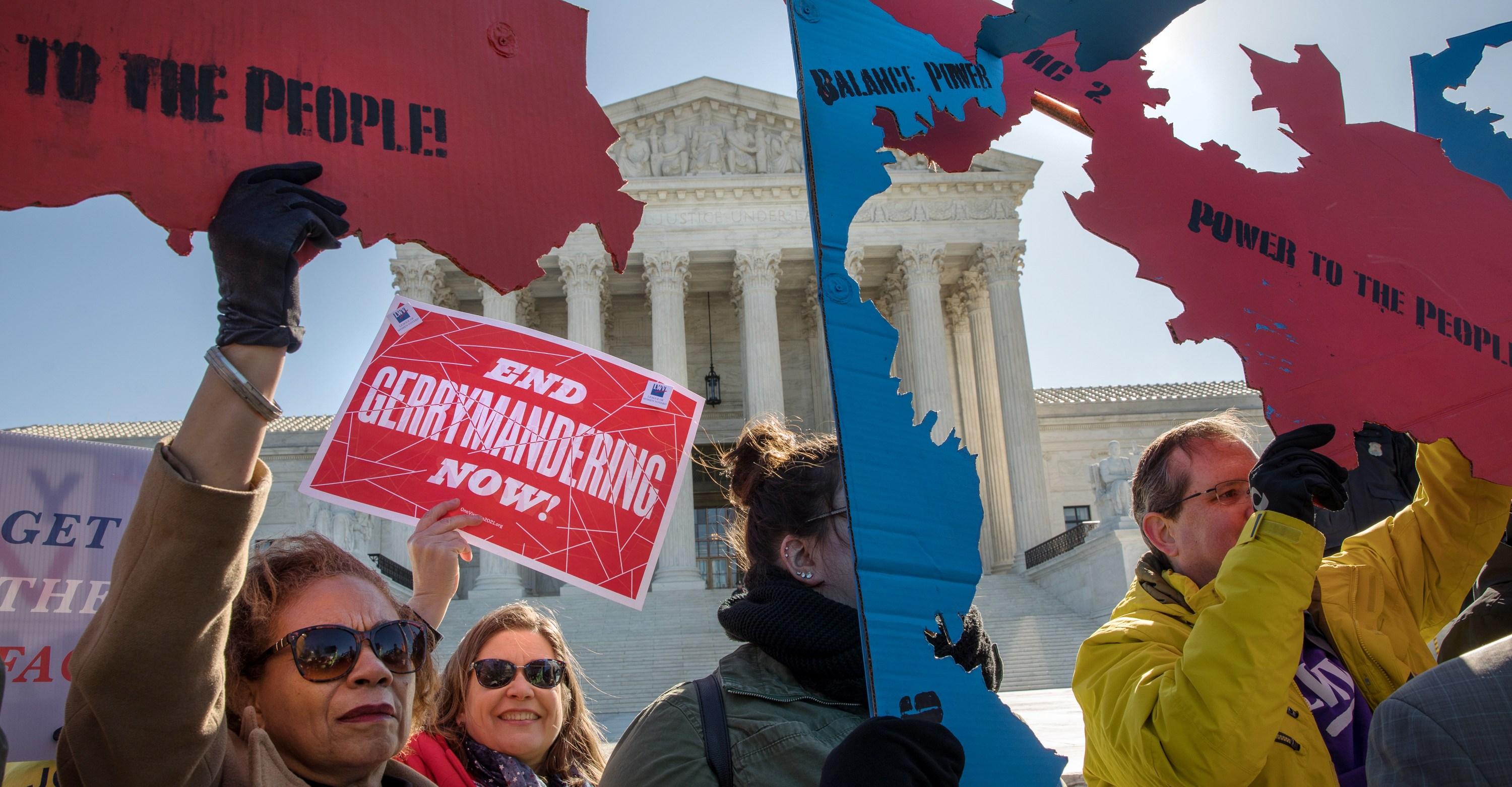
Republicans want the Supreme Court to save them from their own inept mistake
- 12 hours ago

Wooting’s 60HE v2 is a solid upgrade to the best gaming keyboard
- 5 hours ago
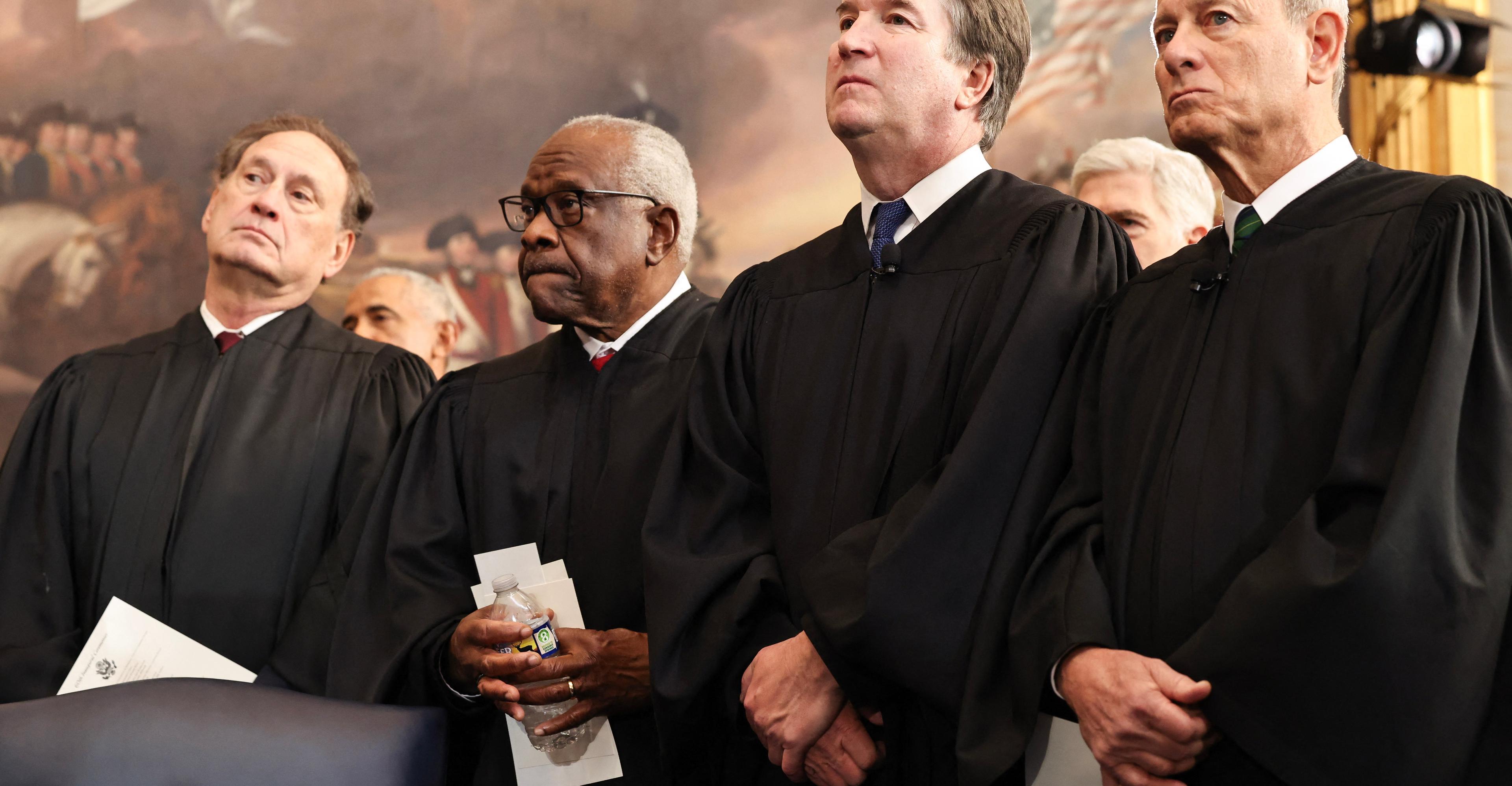
Republicans ask the Supreme Court to gut one of the last limits on money in politics
- 12 hours ago

What podcasts do to our brains
- 12 hours ago

The Case for Growth
- 12 hours ago

Apple will reportedly refuse India’s order to preinstall a government app
- 5 hours ago

Spotify Wrapped 2025 turns listening into a competition
- 5 hours ago
Texas jumps to No. 2 behind UConn in AP Top 25
- 2 hours ago

Pakistan, Kyrgyzstan vow to boost ties in diverse fields
- 5 hours ago
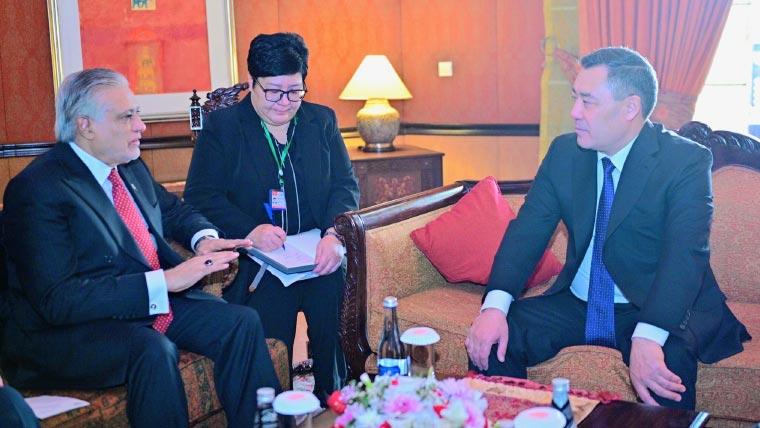
Dar meeting with the President of Kyrgyzstan: reaffirmation of commitment to strengthening bilateral cooperation
- 5 hours ago
Kiffin takes LSU job, won't finish year with Rebels
- 2 hours ago
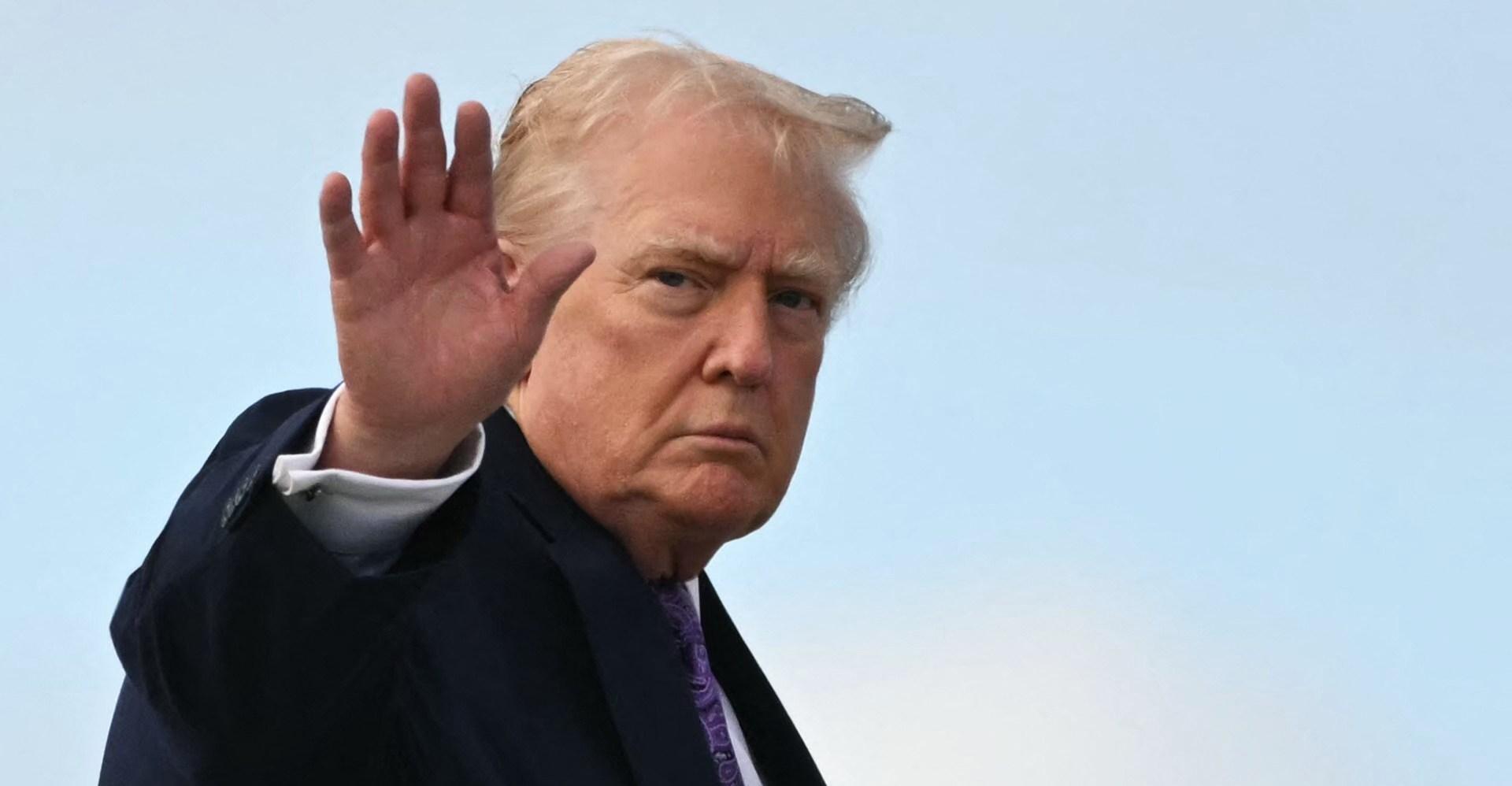
The alt-right won
- 12 hours ago

